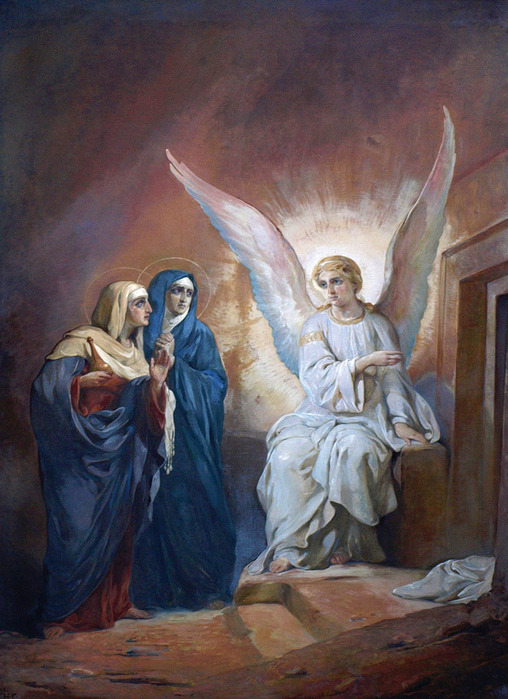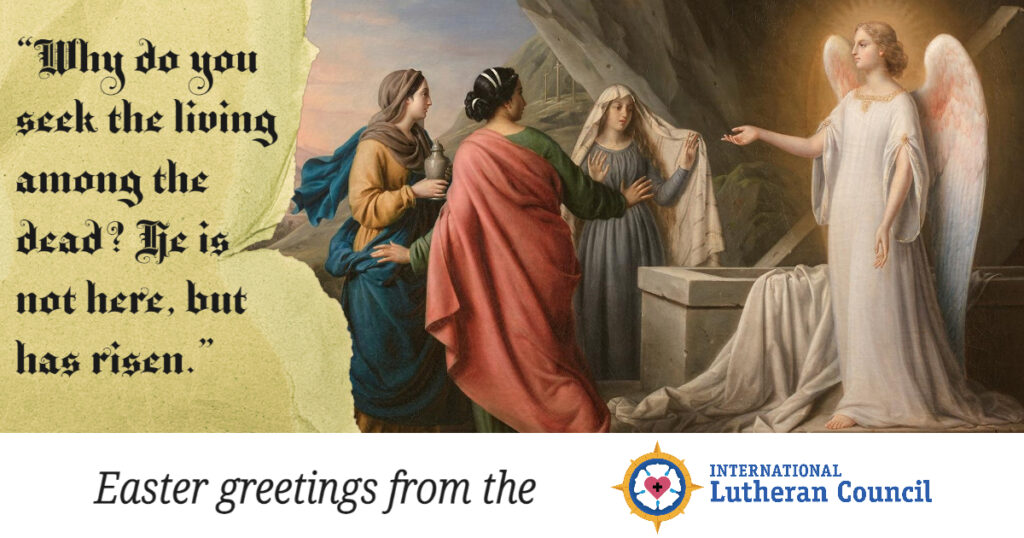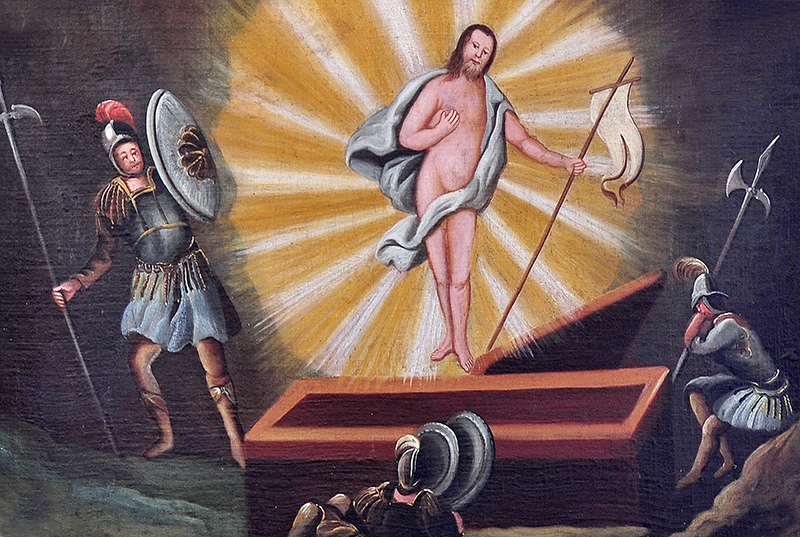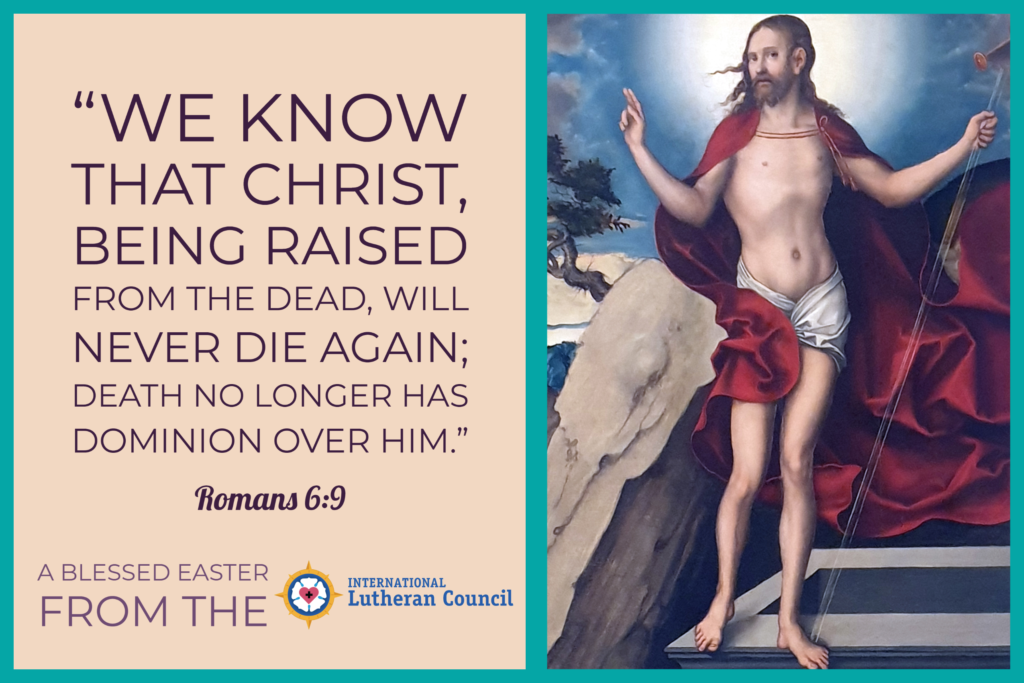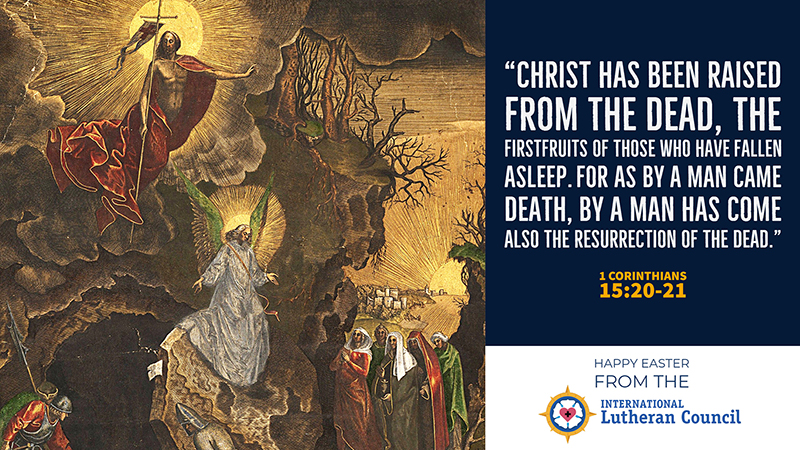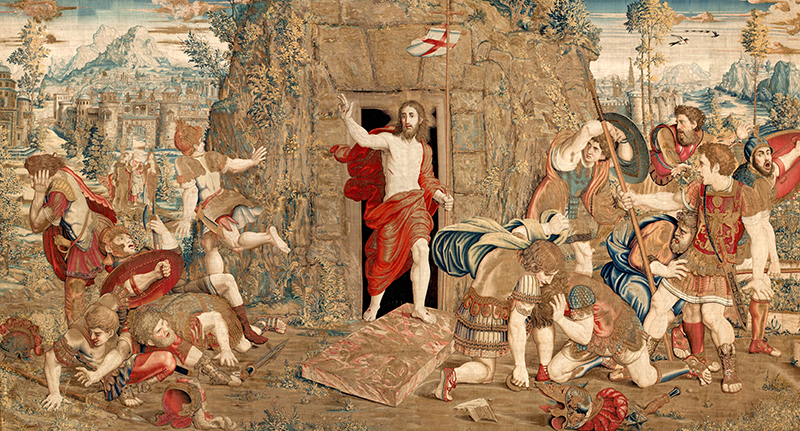
by Klaus Detlev Schulz
Jesus’ triumphal entry into Jerusalem still resonates in our ears from Palm Sunday’s Gospel in John. While sitting on a young donkey, the crowd received Jesus with branches from palm trees crying out loudly: “Hosanna! Blessed is He who comes in the name of the Lord, even the King of Israel.” Five days later, this welcoming cry changes into “crucify Him.” Disappointment, frustration, and anger replaced hope in the person whom they thought would be their new Messiah, the promised King, who would liberate them from the political oppression of the Roman rulers. The person entering Jerusalem is nothing of what they thought He would be. Christ’s path to the cross has begun; His crucifixion and death is near. He will die a death.
And yet, death does not have the last say. He is risen. There is no doubt that the empty tomb to which the disciples Peter and John ran is evidence that the Lord has risen. This person who died on the cross and lay buried in a tomb is indeed the Messiah, the promised King of the whole world who, through His resurrection, conquers the power of sin and death over all people.
Easter awaits us all. By His wounds we are healed, and through His blood we are made whole. May we all this Easter treasure the divine gift of joy that came through the suffering of our Saviour. It is the day we commemorate His resurrection, His victory over death, and we celebrate His life and our future life with Him. The readings for this week of passion speak so much of Christ’s glorification (John 12:16.23.28), of Him being King (Zechariah 9:9), that “every knee, in heaven and on earth, should bow” before him and “every tongue confess Him as Lord” (Philippians 2:10). Indeed, Easter makes glorification come true—but only after Christ had chosen a path of total humiliation to the point of death on the cross (Philippians 2:5). His humiliation required His total obedience, even if the prospect of such a bitter suffering and death made Him want to have it pass Him by.
Easter awaits us all. By His wounds we are healed, and through His blood we are made whole. May we all this Easter treasure the divine gift of joy that came through the suffering of our Saviour.
Easter has come. Death and burial have given way to life and hope. We should look around us, and as we see the faces of other people, we may rejoice that Easter is meant not only for us but for them, too. Easter is universal in implication and as a festival commemorated by millions of Christians around the world. For us, it means that we look to our baptism, where we died and rose with Christ (Romans 6) to receive the promise of forgiveness of sins and eternal life.
Sadly, many people have not yet heard the message of Easter. We pray that all churches of the International Lutheran Council will proclaim this message unrestrained, so that Easter’s blessings may shower over all who hear it. Let us, as preachers of Easter, never become weary of proclaiming the full meaning of Easter: someone offers Himself as Saviour on our behalf so that we may not die but live.
———————
Rev. Dr. Klaus Detlev Schulz is General Secretary of the International Lutheran Council.

